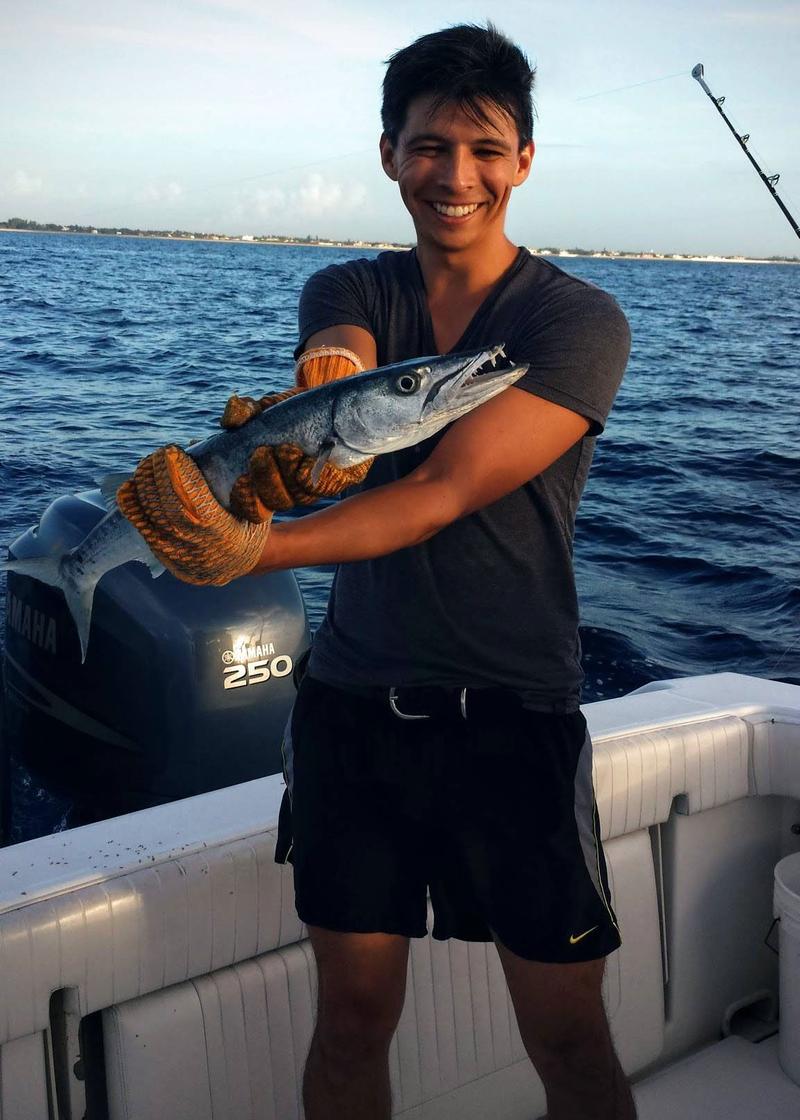Guide to Textiles and Materials for Prepping, Camping, and Outdoors
The universe of materials used for clothing and outdoor equipment has taken huge strides in recent decades. Not only synthetic materials, but the use of natural, super materials like wool has expanded greatly.
Some of these materials you can wear, others are notable for their weight and durability when used for backpacks, tents, and tarps.
Your life could indeed depend on material choice. Moisture wicking materials such as wool and polyesters make excellent base layers that can prevent heat loss and discomfort. Highly durable tarps and backpacks could help you endure the long haul. Ultralight materials will help you travel farther and faster while covering all your basic needs.
Cotton
Cotton is the go-to material for most men’s clothing. It’s what jeans, t-shirts, and khakis are made from.
Cotton breathes well, but is horrible at wicking moisture. Cotton socks, underwear, and shirts will all retain moisture after sweating - a dangerous property in the winter when heat retention is important.
Cotton is cheap and durable though. When used thickly as an outer layer for jackets, coveralls, and heavy duty pants it can take quite a beating.
When packing something like a bug out bag, cotton is your worst enemy. In the space of a pair of jeans, you could fit at least 4 pairs of nylon pants.
- Poor moisture wicking
- Breathable
- Can be very durable
- Inexpensive
- Bulky
Favorites: Kuhl Pants
Wool
One of the natural super fibers. Wool is an incredible, natural material that can keep you warm when it’s cold and keep you cool when it’s hot. Particularly useful as a base layer and in socks.
- Excellent moisture wicking
- Excellent breathability
- Excellent temperature regulation
- Can retain radiant heat
- Can be expensive
- Fire resistant (when unblended)
- Durable
Favorites: Darn Tough Socks and Smart Wool Base Layers
Polyester and Polar Fleece
Frequently found in athletic wear, polyester blends are a great moisture wicking material that also doesn’t wrinkle. Great when used as a base layer. Insulating polar fleece is also made from polyester.
Pro tip: polyester buffs are a fantastic and super cheap multipurpose item. Use it to keep your face warm, hold your hair back, or as a sweat bandana.
- Excellent moisture wicking
- Dries quickly
- Inexpensive
- Doesn’t retain wrinkles
Nylon
What 550 paracord is made from. Nylon is extremely durable and has varying degrees of elasticity. When blended with spandex and polyester it makes an excellent material to use in pants to keep them lightweight and quick drying.
Also frequently used in MOLLE webbing, gear, and pouches.
- High durability and strength
- Variable elasticity
- Dries quickly
- Resists wrinkles
Favorites:
- ExOfficio boxers are extremely comfortable although sometimes thicker than necessary. Alternatives can be found on Amazon.
- prAna’s Stretch Zion pants are one of the most lightweight pants available.
Rayon
Often found in women’s tops, rayon is an luxurious-feeling material. When blended with other materials like polyester, it can made much more durable.
- Silky and breathable
- Often blended with other fibers like polyester and spandex
- Extremely comfortable to wear
Favorites: The Uniqlo Heattech line is the Ex Officio of shirts.
Spandex
Frequently found in athletic wear and increasingly in everyday wear. Spandex is what makes things stretchy. Increase your maneuverability and comfort in just about any clothing item.
Silk
Like wool, silk is another natural super material. Silk is super durable, light weight, and can keep you super warm. It’s not the best for moisture wicking, however.
It’s rumored that silk was used as a layer of armor by Ghengis Khan’s Mongolian armies to limit damage from arrows. Can be found in sleeping bag liners, socks, and glove liners.
- Durable
- Light weight
- High warmth to weight ratio
Tyvek / High-density polyethylene (HDPE)
What we use to make our durable, waterproof Never Astray maps.
Tyvek is an excellent material for pouches and bags that organize your gear since it is lighter weight and less bulky than high denier nylon.
- Superb tear resistance
- Waterproof
- Durable
Silnylon / Silpoly
Frequently found in middle and upper-tier backpacking tents and tarps, silnylon and silpoly are extremely lightweight and packable.
- Great for ultralight applications
- Tear resistant
- Far cheaper than cubenfiber
Favorites: Sanctuary Siltarp
Dyneema / Cubenfiber
Never used in clothing, but currently the dream material for ultralight backpackers. Dyneema, also known as cubenfiber (or even ultra-high-molecular-weight polyethylene), is superb material for tarps and tents.
It is 15x more resistant to abrasion than carbon steel, which explains its frequent use in body armor. Also used in the sails of racing yachts, if that’s your sort of thing.
Dyneema could be overkill for a tarp - you’ll find silnylon and silpoly tarps for as little as 1/5th the cost.
- Extremely lightweight
- Extremely durable
- Puncture resistant
- Extremely expensive
Favorites: Hyperlite’s tents, tarps, and backpacks
Gore-Tex
A frequent material in truly waterproof hiking boots, rain jackets, gaiters, and bivvy sacks.
- The most waterproof
- Fire resistant
- Durability
- Moisture wicking
- Warmth
- Weight
Favorites: Asolo Fugitive GTX Boots
D3O
D3O is a nearly science fiction material that is soft and flexible, but hardens like a rock on impact. It’s used for impact protection in gloves and is making its way into motorcycle armor and protective gear for athletes.
Favorites: Mechanix M-Pact Gloves
